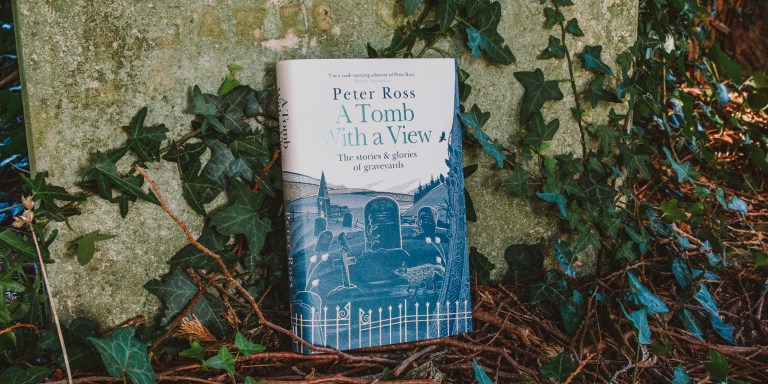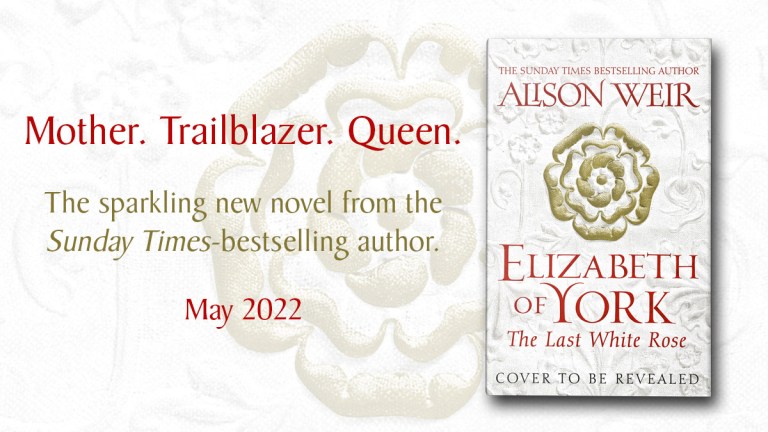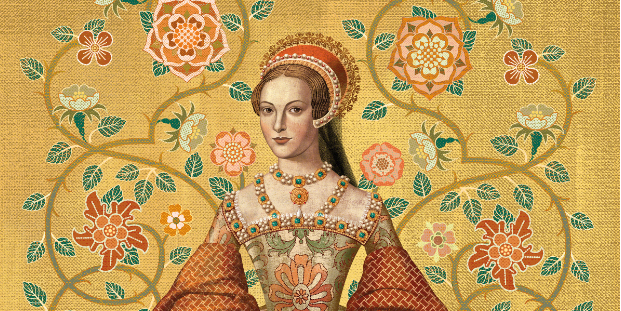Q & A with Alison Weir to celebrate publication of IN THE SHADOW OF QUEENS

To celebrate the publication of IN THE SHADOW OF QUEENS, The Tandem Collective asked Alison Weir a few questions about the process of writing, and for some of her top historical recommendations. Here’s what she said…
1. Tell us a bit about you and your new book, In The Shadow of Queens: Tales from the Tudor Court.
I’ve been passionate about history since I was fourteen, when my mother, upset because I had graduated from books to pop magazines and comics, marched me into a library and said, ‘Get a book!’ Bored in my first foray into an adult library, I chose a novel with a lurid jacket. Titled Henry’s Golden Queen, it was about Katherine of Aragon, and I devoured it in two days. Overnight, my love of history was born. When I finished it, I dashed off to my school library to look up the Tudors and find out the truth – and I’ve been searching for it ever since!
Since becoming a published author in 1989, I have published 21 history books and 12 historical novels. My 32nd book, In The Shadow of Queens: Tales of the Tudor Court, is a collection of short stories that were commissioned by Headline to accompany my Six Tudor Queens series of novels on the wives of Henry VIII. I was asked to write two for each book, and they have now been collected together and published in one volume for the first time, with a couple of extra tales included.
2. What made you want to continue your Tudor series with these stories from the Tudor Court? Why did you choose to write them in short format rather than a longer one?
Firstly, I was commissioned to write them, but I was delighted to do so because it afforded me the opportunity to offer more insights into the lives and world of Henry VIII’s queens. Each book in the series was written solely from that queen’s point of view, so writing from another character’s viewpoint can throw more light on certain aspects of the story. For example, there was no scope in the series to describe what happened to Anne Boleyn’s family after her execution, but writing The Grandmother’s Tale allowed me to enlarge on that. And I’ve had a chance to explore some tantalising what-ifs, notably in The Blackened Heart and The Chateau of Briis. I was also delighted to be able to explore some historical episodes that intrigued me, such as a murder that took place in Farleigh Hungerford Castle, which features in The Curse of the Hungerfords.
3. What was the process of writing this book like? Can you tell us about a typical day’s writing for you?
When writing fiction, I start with my own historical account, which I have researched in depth beforehand, often for one of my non-fiction books, although, for this series and the stories, I undertook a lot of new research. I then fictionalise the text, using my imagination creatively where there are gaps in the story, but keeping as close as possible to the historical facts.
I get to my desk by 9.30am, then deal with emails and admin. At 11.15, I go out for a brisk walk, then get down to writing. If I’m writing fiction, I complete at least five pages on Word before breaking for lunch at 1.30pm. Meeting that daily target means that I can roughly predict when I will finish the book, because I have to keep to a word limit.
From 2pm to 5.30pm, I work on my non-fiction, adding new research into my text as I go. At 5.30pm, I stop work and exercise for 30 minutes. My husband is our chef – we might not eat if it was left to me – and we dine at 6pm. After that, I deal with any important emails, then, if we’re home, join my husband for the evening. Often, though, we are out, seeing friends or at events or the theatre.
4. What are you working on at the moment?
I’m between books! During the pandemic, I got far ahead with writing, and delivered two books early: my next novel, Elizabeth of York: The Last White Rose, the first in the new Tudor Rose trilogy commissioned by Headline; and Queens of the Age of Chivalry, the third book in the non-fiction England’s Medieval Queens quartet commissioned by Jonathan Cape. Both will be published in 2022.
This autumn, I plan to start writing the second novel in the trilogy, on Henry VIII, which will be quite a challenge. After publishing six novels from the points of view of his wives, I felt it was only right that Henry’s viewpoint was put across. I will also be starting work on Queens at War, the last book in the England’s Medieval Queens series, which will focus on the Lancastrian and Yorkist queens.
5. Who are your favourite authors and what are you reading at the moment?
I read novels for pleasure, as I spend my working day looking at historical sources. My favourite authors are Norah Lofts, Anya Seton, Hilda Lewis and C. J. Sansom for historical novels, and Peter James, Anthony Horowitz, Louise Candlish, Robert Goddard, Nicci French, T. M. Logan and Sarah Raine for suspense and mystery. I love the ghost stories of M. R. James.
Currently, I am devouring everything by Gillian McAllister. Her novels are gripping.
6. Who are your favourite authors and what are you reading at the moment?
I can’t think of a specific question because I am asked so many and they usually cover most aspects, but I often wish, at events, that people would ask about the new research I have done. I always include it in my talks, but sometimes, after I have presented some new interpretation or theory, I sense that audience members perhaps don’t like to question me about it because they would prefer to read around the subject before launching a discussion. But I wish they would speak up, because it would be great to know how my interpretations are being received, and to discuss them.
7. We’d love you to share your recommended reading list with our community.
Anything by the authors listed above, of course. But I would also like to recommend some wonderful history books: those by (not in any particular order) Eric Ives, Sarah Gristwood, Tracy Borman, Linda Porter, Robert Hutchinson, Elizabeth Norton, Chris Skidmore, Anna Whitelock, Nicola Tallis, Melita Thomas, Deborah Cadbury, Charles Spencer, Kate Williams, Richard Barber… I could go on and on, because there are many great historians writing today.






